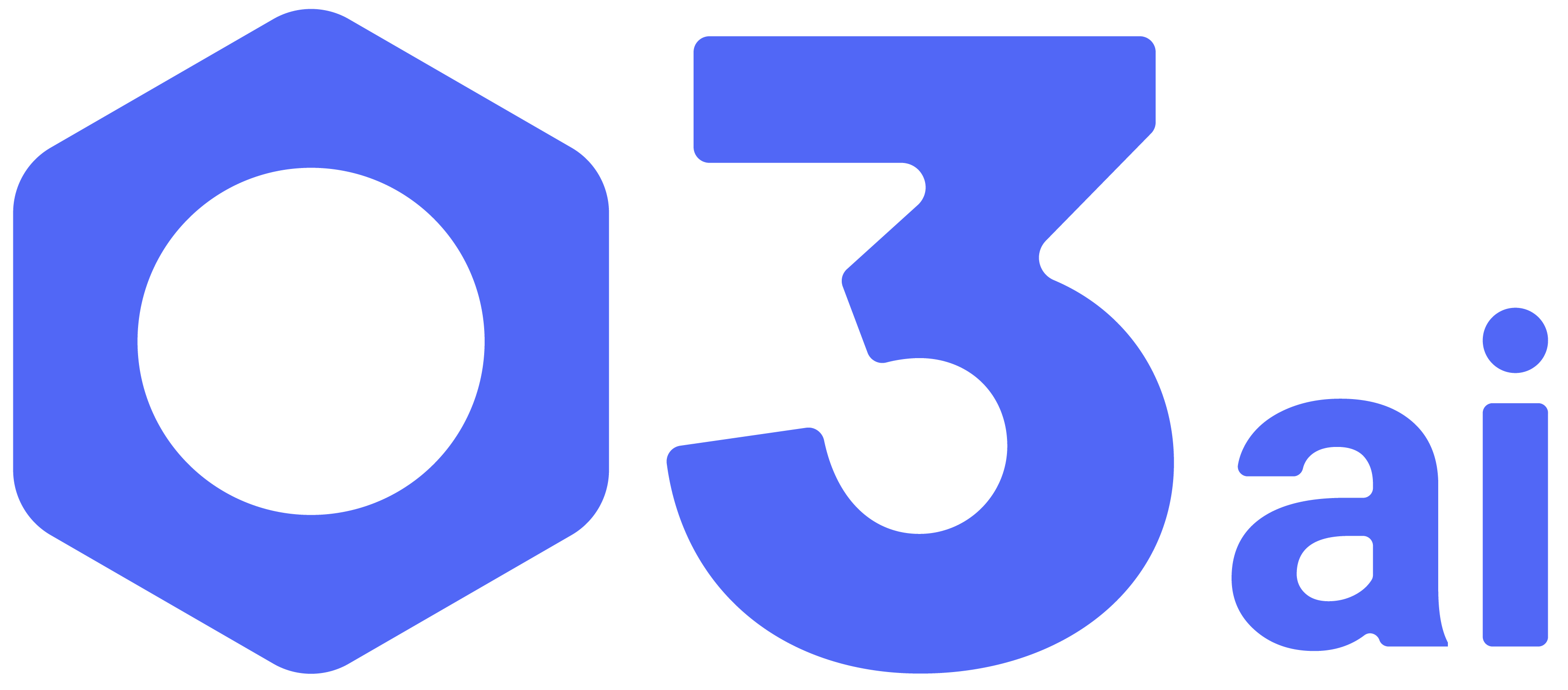
Make Your Factory Lean With O3ai

info@o3ai.com

+41 79 542 92 56

+966 563 985 430
Riyadh, Saudi Arabia

Unplanned downtime is one of the biggest threats to productivity, costing industries millions annually. Traditional maintenance approaches—reactive fixes after breakdowns—lead to costly delays, wasted resources, and lost production time. Proactive maintenance strategies offer a smarter alternative, leveraging data, automation, and predictive insights to keep equipment running smoothly while reducing operational disruptions.
By shifting from reactive to proactive maintenance, manufacturers can improve asset reliability, optimize costs, and enhance overall efficiency. This article explores the best proactive maintenance strategies that help reduce downtime and ensure uninterrupted production.
Proactive maintenance goes beyond scheduled servicing and repairs. It focuses on identifying and preventing failures before they happen by monitoring equipment conditions, analyzing performance data, and applying predictive insights. Unlike traditional preventive maintenance, which follows a set schedule, proactive strategies are condition-based—meaning maintenance actions are triggered by real-time equipment performance rather than fixed timelines.
Predictive Maintenance leverages AI-driven analytics and IoT sensors to continuously monitor equipment conditions. Advanced algorithms analyze data from temperature, vibration, and pressure sensors to detect anomalies that signal potential failures.
For example, a food processing plant using AI-powered sensors reduced unplanned stoppages by 30% by detecting early signs of motor wear before failure occurred.
Best Practices:
Unlike traditional time-based maintenance, CBM tracks actual equipment performance and schedules maintenance based on real-time conditions rather than a fixed schedule.
For instance, an automotive manufacturer detected increased friction in a robotic arm using CBM data, allowing preventive lubrication before failure, preventing costly downtime.
Best Practices:
Operators play a vital role in proactive maintenance by conducting routine checks, cleaning, and lubrication. This approach empowers frontline workers to prevent minor issues from escalating into costly failures.
For example, a pharmaceutical company trained operators to conduct daily equipment inspections, reducing mechanical failures by 25% in a year.
Best Practices:
A Digital Twin creates a virtual replica of physical assets, allowing manufacturers to simulate different operating conditions and predict equipment behavior before real-world issues arise.
For example, a packaging plant used digital twins to analyze machine stress points and optimize lubrication cycles, extending equipment lifespan by 20%.
Best Practices:
When failures occur, investigating root causes ensures long-term solutions rather than quick fixes. RCA techniques help prevent recurring problems by addressing underlying issues rather than just symptoms.
For instance, an electronics manufacturer faced frequent power surges damaging production lines. RCA revealed an unstable voltage supply, prompting the company to install stabilizers, reducing downtime by 35%.
Best Practices:
As manufacturing evolves, AI-driven predictive maintenance and self-optimizing systems will redefine equipment reliability. The integration of machine learning algorithms, real-time analytics, and autonomous robots will further eliminate unplanned downtime, ensuring near-zero failure rates in factories of the future.
Emerging trends include:
Proactive maintenance is no longer optional—it’s a necessity for manufacturers seeking to minimize downtime, optimize resources, and maintain competitive efficiency. By leveraging AI-driven analytics, IoT monitoring, and autonomous maintenance programs, businesses can predict failures, prevent disruptions, and maximize productivity.
With O3ai’s AI-powered maintenance solutions, manufacturers gain real-time visibility into equipment performance, predictive failure insights, and automated alerts. O3ai’s platform integrates IoT-driven condition monitoring, AI-powered diagnostics, and machine learning algorithms to optimize maintenance schedules and minimize downtime.
Key benefits of O3ai’s proactive maintenance solutions:
✅ Predictive Maintenance Analytics: AI-powered failure forecasting to prevent breakdowns.
✅ Automated Maintenance Scheduling: Condition-based service alerts to optimize interventions.
✅ Operator-Friendly Digital Workflows: Smart interfaces for frontline teams to monitor machine health.
✅ Scalable Across Facilities: Cloud-enabled system for managing multi-site maintenance strategies.
By implementing O3ai’s AI-driven maintenance solutions, manufacturers can reduce downtime, extend equipment life, and achieve sustainable operational excellence in the modern factory. The future of proactive maintenance starts today—let O3ai take your factory to the next level.